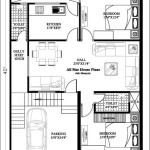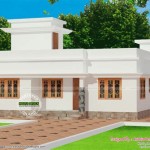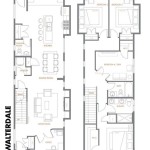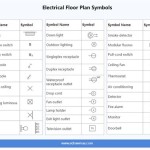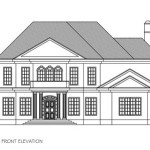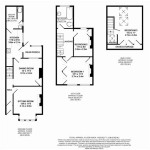Planning the floor plan for your house is an exciting and crucial step in building your dream home. Here's a comprehensive guide to help you create a functional and aesthetically pleasing layout:
1. Determine Your Needs and Wants:
- List down the number of bedrooms, bathrooms, living areas, and other spaces you need. - Consider your family's lifestyle, hobbies, and future needs. - Think about the type of entertaining you plan to do and how much storage space you require.2. Choose a Lot:
- Select a lot that complements your desired floor plan and provides ample space for your house and outdoor areas. - Consider the lot's orientation, topography, and any existing features that may influence your design.3. Develop a Concept:
- Sketch out a rough layout of your desired floor plan, including the placement of rooms, windows, and major features. - Consider the flow of traffic, sightlines, and connections between spaces. - Decide on the architectural style and overall aesthetic you want to achieve.4. Work with an Architect or Designer:
- Collaborate with a professional to refine your concept and create detailed blueprints. - An architect or designer can help optimize the layout, address structural and functional concerns, and ensure compliance with building codes.5. Consider Zoning:
- Divide your floor plan into distinct zones, such as public areas (living room, dining room), private areas (bedrooms, bathrooms), and service areas (kitchen, laundry). - Group related functions together to create efficient and cohesive spaces.6. Maximize Natural Light and Ventilation:
- Position windows and doors strategically to maximize natural light and cross-ventilation. - Consider the orientation of your house to take advantage of passive solar heating and cooling.7. Create a Welcoming Entryway:
- Design an inviting entryway that sets the tone for the rest of the house. - Provide a clear path from the front door to the main living areas.8. Design Functional Living Spaces:
- Create a spacious and comfortable living room that accommodates seating, entertainment, and relaxation. - Ensure the dining room can comfortably seat your desired number of guests. - Design a kitchen that suits your cooking style and includes ample counter space, storage, and appliances.9. Plan Private Spaces:
- Provide bedrooms with adequate space for furniture, closet space, and natural light. - Design bathrooms that are both functional and aesthetically pleasing, with proper ventilation. - Consider incorporating a home office or study area if needed.10. Connect Indoor and Outdoor Spaces:
- Create seamless transitions between indoor and outdoor areas with patios, decks, and large windows. - Design outdoor spaces that complement your lifestyle and provide areas for relaxation, dining, and play.11. Incorporate Storage Solutions:
- Plan for ample storage throughout the house, including closets, cabinets, and built-in shelves. - Consider a dedicated storage area for seasonal items, sports equipment, or other bulky possessions.12. Review and Revise:
- Continuously review your floor plan with your architect or designer to make necessary adjustments. - Incorporate feedback from family members and consider their preferences and needs. Remember, a well-designed floor plan is the foundation of a functional and comfortable home. Take the time to carefully plan and refine your layout, and you'll end up with a space that meets your needs and exceeds your expectations.
House Plans How To Design Your Home Plan

Pin On House Layout

House Plans How To Design Your Home Plan

Drawing Up Floor Plans Dreaming About Changes Young House Love

Floor Plans Learn How To Design And Plan

Floor Plans Types Symbols Examples

How To Read A Floor Plan With Dimensions Houseplans Blog Com

3 Bedroom House Plans Bla 021 7s My Building Free For Bungalow Floor

My Home Free Design 3d House Floor Plans By Planner 5d
51.jpeg?strip=all)
My House Design Home

